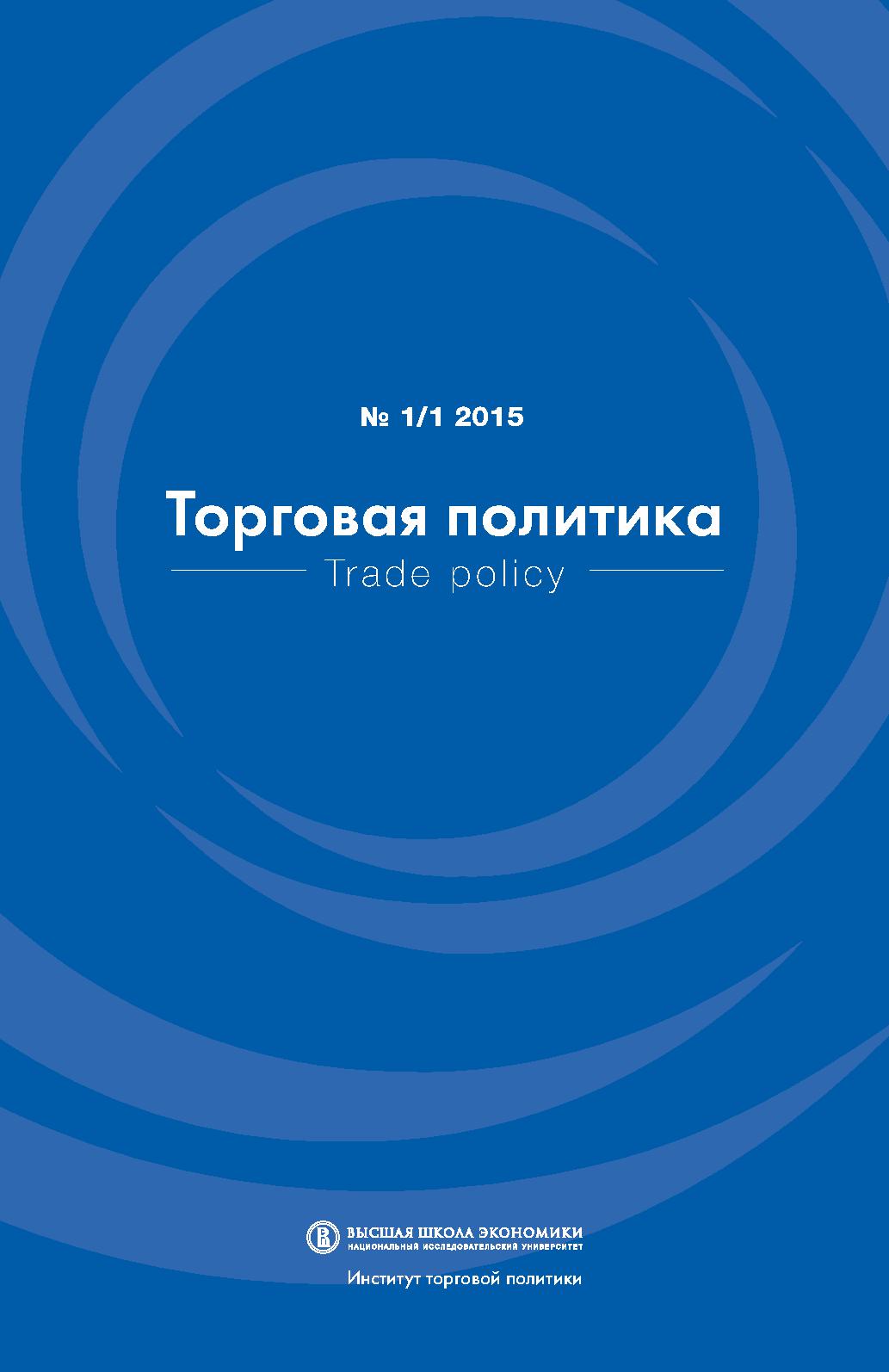A Review of Trade Preference Schemes for the World’s Poorest Countries
Abstract
This study analyses the implementation of preferential trade schemes in favor of LDCs to provide their trade and development in respect preferential access of LDCs to seven major markets (Canada, China, European Union, India, Korea, Japan, and the United States). The impact of preferential schemes on LDS’s trade is analyzed not only in respect of trade of particular countries but also in respect of its application to commodity groups and exemptions within different preferential schemes. Possible improvements and consequences of Doha Round negotiations for LCD’s preferential schemes are discussed. Some proposals aimed at more contribution of preferential schemes to economic development of LDCs are suggested.
Downloads
References
Kravis I.B. Trade as a handmaiden of growth: Similarities between the nineteenth and twentieth centuries // Economic Journal. 1970. Vol. 80. P. 850–872.
Nurske R. Balanced and unbalanced growth / R. Nurske,G. Haberler, R.M. Stern (eds.). Equilibrium and Growth in the World Economy // Harvard Economic Studies. 1961. Vol. 118.
UNCTAD. UNCTAD’s Appraisal of the Implementation of the Brussels Programme of Action for LDCs for the Decade 2001–2010 (document No. UNCTAD/ALDC, 2009/2). Geneva, New York: United Nations, 2010.
WTO. Market access for products and services of export interest to Least-developed Countries, Note by the Secretariat (WTO document WT/COMTD/LDC/W/51/Rev.1, 10 October 2011).

